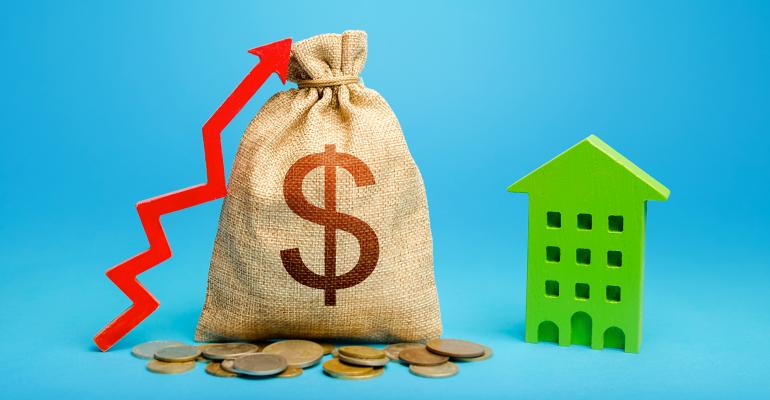Freddie Mac and Fannie Mae are on track to lend nearly as many dollars to apartment properties in 2020 as they did in 2019. They have even loosened rules created in the early months of the COVID-19 crisis that required new multifamily borrowers keep enough reserves on hand to ensure they could make loan payments for as long as 18 months.
“These guys are going to do everything they can to backstop the market,” says Richard Katzenstein, senior vice president and national director of Marcus & Millichap Capital Corporation, based in New York City. “They are looking to put out as much capital as they can.”
In the first months of the crisis, Freddie Mac and Fannie Mae asked new borrowers to reserve enough money to pay the debt service on their loans for between six and -18 months, including both payments of principal and interest. Those reserve requirements are now often waived for new loans that are not as large as the maximum the agencies allow.
Overall Freddie Mac and Fannie Mae accounted for about $140 billion in multifamily lending activity, about 38 percent of the $364.4 billion of all multifamily lending, according to the Mortgage Bankers Assocation. And while lending for commercial and multifamily properties were dropped 48 percent in the second quarter compared to a year ago, loans backed by Fannie Mae or Freddie Mac only were down 5 percent year over year.
“Once you go up to the maximum proceeds—80 percent of the value of the property—then they want the reserves,” says Katzenstein.
Freddie Mac and Fannie Mae lenders have not added other requirements on multifamily borrowers. In contrast, for homeowners they have added a 50 basis point fee on new home loans that refinance existing mortgages that are delivered to the GSEs as of December 1, 2020. The fee will help cover likely losses to the portfolio of home loans in difficult economic times to come.
“There is nothing like that on the multifamily side,” says Dave Borsos for the National Multifamily Housing Council (NMHC).
On the volume side, both government-sponsored enterprises are on track to match 2019 origination volumes. That’s a stark contrast to many other parts of the commercial real estate finance and investment world where there have been steep drops in activity year-over-year. It also comes amid the FHFA continuing to lay the groundwork for the agencies’ exits from conservatorship.
“The industry entered the current recession on solid footing and is well-positioned to absorb the impacts of the recession due to substantial growth over the past several years,” says Steve Guggenmos, vice president of Multifamily Research and Modeling at Freddie Mac.
Other types of lenders, including banks, life companies, conduit lenders and others, are expected to make 20 percent to 40 percent fewer loans in 2020 compared to the year before, according to Freddie Mac.
“While we anticipate the total multifamily volume [from lenders of all types] to decrease in 2020, Freddie Mac is supporting lending liquidity as other market participants moved to the sidelines,” says Guggenmos. Even though relatively few borrowers are now seeking financing to buy apartment properties, Freddie Mac and Fannie Mae are replacing much of the acquisition financing they usually provide with refinanced loans to apartment properties.
“Interest rates are historically low,” adds Borsos. “Freddie Mac and Fannie Mae are still very active in the marketplace.”
Freddie Mac offers 10-year loans that cover 80 percent of the value of an apartment property to strong loan sponsors with interest rates fixed at 230 to 245 basis points over the yield on U.S. Treasury bonds, with a floor on Treasury bond yields of 50 basis points, according to Marcus & Millichap.
Other types of lenders also offer competitive interest rates, but at lower levels of leverage. “Interest rates offered by banks are competitive. But they are dialing back the loan-to-value (LTV) ratios… maybe not 70 percent, maybe 60 percent of 65 percent,” says Katzenstein
So far, the economic crisis has not caused measurable damage to the multifamily loans held by Freddie Mac and Fannie Mae. The number of their borrowers who have missed loans payments and asked for forbearance has not grown much, despite the economic chaos caused by coronavirus, according to NMHC’s analysis of data from the government-sponsored entities. “There is some uptick in the beginning, but it’s been level from then on,” says Borsos.
Of the borrowers that have asked for forbearance on their loans, the vast majority (75 percent) are small loans of just a few million dollars each. “These may be mom and pop investors in apartment buildings,” says Borsos. “Those may be the ones that are struggling.”





